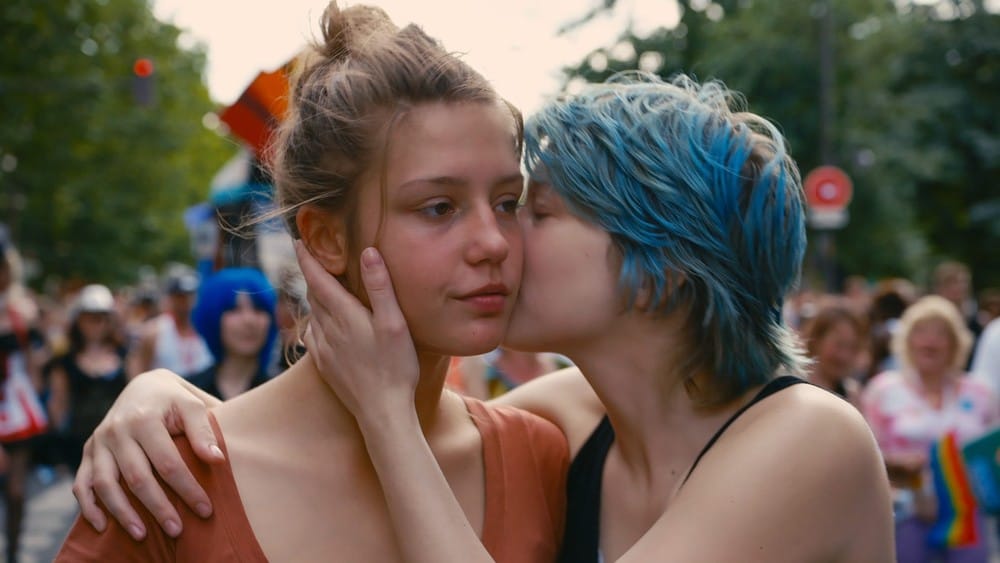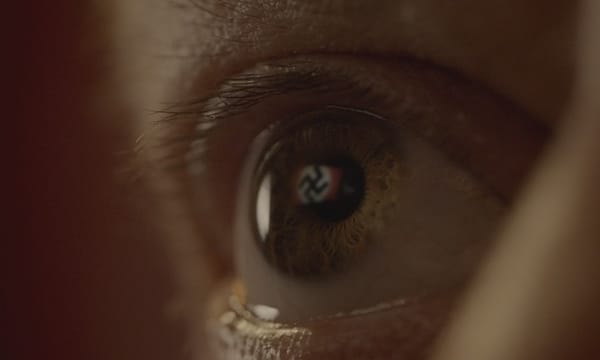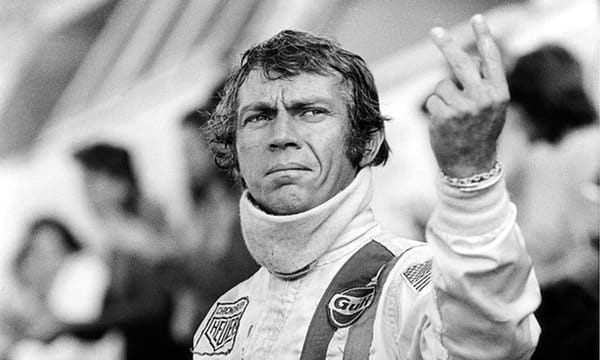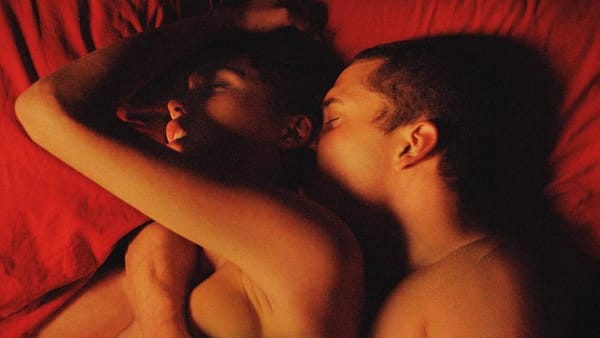Just gals being pals! A history of lesbian cinema
To celebrate the release of Carol, we take a look over some of the best sapphic power-couples on the silver screen

Manuela and Fräulein von Bernburg in Mädchen in Uniform (1931)
One of the first lesbian films to be produced, the Weimar film Mädchen in Uniform has set up many of the classic tropes of lesbian cinema: schoolgirls infatuated with older women; teasing flirtation spilling over into something more; unhappy endings. Based in a girls’ boarding school, Mädchen in Uniform tells the story of Manuela, a young girl whose mother has died, and has been placed into the strict school. She immediately becomes infatuated with a kindly teacher, Fräulein von Bernburg, who returns her affections immediately. Banned by the Nazi regime due to its ‘decadent’ content, many of the stars – who were Jewish – did not manage to escape the death camps.
Martha and Karen in The Children’s Hour (1961)
Shirley MacLaine and Audrey Hepburn play two friends who open a private all-girls school. After one girl is punished, she starts a malicious rumour that the two headmistresses are in a secret relationship – a shocking revelation in the 1960s. Although their relationship is never actually consummated, MacLaine’s Martha does express feelings for Hepburn’s Karen; in a masterful turn from MacLaine (who acts Hepburn off the screen), she hysterically outpours all her emotions. ‘I feel so damned sick and dirty I can’t stand it anymore,’ she cries, before – in true ‘Lesbians-Can’t-Have-Nice-Things’ style – hanging herself in her room.
Cay and Vivian in Desert Hearts (1985)
One of the first films where a lesbian relationship was depicted favourably, Desert Hearts follows the journey of Vivian Bell (Helen Shaver), a professor approaching middle age, who travels to Nevada in order to obtain a quickie divorce from her husband. While staying at a ranch, she is surprised by her feelings for free-spirit Cay Rivvers (Patricia Charbonneau); these feelings are reciprocated, and the two enter into a steamy relationship. The ending leaves things open for a bright future, although it’s not explicitly stated.

Thelma and Louise in Thelma and Louise (1991)
The classic gal-pal film, Thelma and Louise has become a buzzword for female empowerment, and the lasting bond that is created between two women when one of them kills a rapist. Geena Davis and Susan Sarandon are Thelma and Louise, two old friends on the run from the long arm of the law. An overwhelming success when it was released, Thelma and Louise has gone down in history as a cult classic of American cinema, and rightly so.
Radha and Sita in Fire (1996)
The first part of Indo-Canadian director Deepa Mehta’s legendary Elements trilogy, Fire tells of the relationship that develops between newly-married Sita (Nandita Das) and her older sister-in-law Radha (Shabana Azmi). Both women are isolated, cut off from any passion by their neglectful husbands, and find solace in each other. The unflinching depiction of homosexuality seen in the film sparked protests across India, leading to debates about freedom of speech, the role of religion in society, and the social fabric of the country. If nothing else, that would be the mark of a groundbreaking film, but Fire goes beyond this, with nuanced performances from the central cast making Radha and Sita a couple burning with desire.
Agnes and Elin in Fucking Åmål (1998)
The directorial breakthrough of Swedish director Lukas Moodysson, Fucking Åmål follows two teenage girls living in backwater Sweden who develop a relationship. Agnes (Rebecka Liljeberg) is a depressed loner, with few true friends; Elin (Alexandra Dahlström) is more outgoing, but full of ennui, and unsatisfied with life. The two come together after Agnes’ 16th birthday party, a horrifically embarrassing experience for shy Agnes; they believe the key to living a good life would be leaving their small town of Åmål and making it to Stockholm – the town of Åmål took offence to this portrayal, and in English the film is called Show Me Love. A tender portrayal of the turbulence of teenage sexuality, Fucking Åmål is a must-watch.
.jpg)
Betty and Rita in Mulholland Drive (2001)
I mean, does anyone really understand what this film is about? Widely considered the masterwork of American auteur David Lynch – commonly regarded as one of the greatest directors working today – this film is completely batshit crazy. A brunette woman escapes from a car crash, making her way to safety in a house in LA; suffering from amnesia she takes on the name of Rita, and surprises Betty, whose aunt owns the house. As Betty tries to help Rita remember what happened to her, the bonds between the two women strengthening, leading to consummation of the relationship, and a visit to the mysterious Club Silencio. Way more stuff happens, and I would need to see it at least seven more times to properly understand what’s going on. All I know is that the film is visually arresting, poignantly scripted, and boasts career-best performances from Naomi Watts and Laura Harring.
Nic and Jules in The Kids are All Right (2010)
Nominated for the Best Picture Academy Award in 2010, Lisa Cholodenko’s The Kids are all Right is unusual in some ways, in that it shows a lesbian couple who have been together for years, rather than depicting the start of a relationship. Jules (Julianne Moore) and Nic (Annette Bening) are married with two children, living in LA. But when their children track down their sperm donor father, Paul (Mark Ruffalo), strains are put on their relationship, and hidden tensions begin to emerge. With excellent performances from the whole cast, The Kids are all Right is a warm, witty gem of a drama film. And if that’s not enough to tempt you, there’s a scene where Nic sings Joni Mitchell’s ‘All I Want’ – what more could you need in a film?
Emma and Adèle in Blue is the Warmest Colour (2013)
Bursting onto our screens in 2013, Blue is the Warmest Colour, Abdellatif Kechiche’s 5th film, made history when lead actors Léa Seydoux and Adèle Exarchopoulos were awarded the Palme d’Or along with Kechiche at the 66th Cannes Film Festival, for their performances as Emma and Adèle respectively. Based on the graphic novel by Julie Maroh, the film garnered widespread controversy due to its explicit nature, and lengthy sex scenes. However, look past such aspects, and you will find that Blue is the Warmest Colour is a film shot through with pathos, intimacy, and humanity. Following the couple over a number of years, from the development of the relationship, to them living together, and its eventual implosion, Blue is the Warmest Colour is one of the most impressive love stories to be put to film in recent years, thanks largely to the incredible performances from Exarchopoulos and Seydoux.
Evelyn and Cynthia in The Duke of Burgundy (2014)
It’s rare to find a film that combines lesbian relationships, BDSM, and research into moths, but Peter Strickland’s third feature film The Duke of Burgundy manages to do just that. Following on from his masterful Berbarian Sound Studio (2012), based on Italian giallo films, Strickland took his cues from 1970s eurotrash erotica for this exploration of relationships. Sidse Babett Knudsen (of Borgen fame) plays Cynthia, the older, more dominant one of the relationship, while Chiara D’Anna is Evelyn, the young ingénue. However, things aren’t as they seem, and the film undermines the traditional narrative, and takes things into more philosophical territory. With sumptuous visuals, brilliant acting, and a cracking score from Cat’s Eyes, this is a must-watch.









